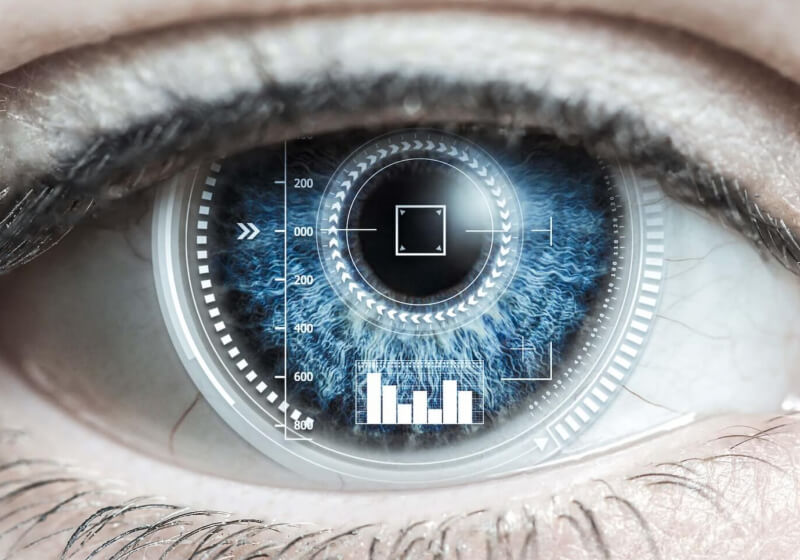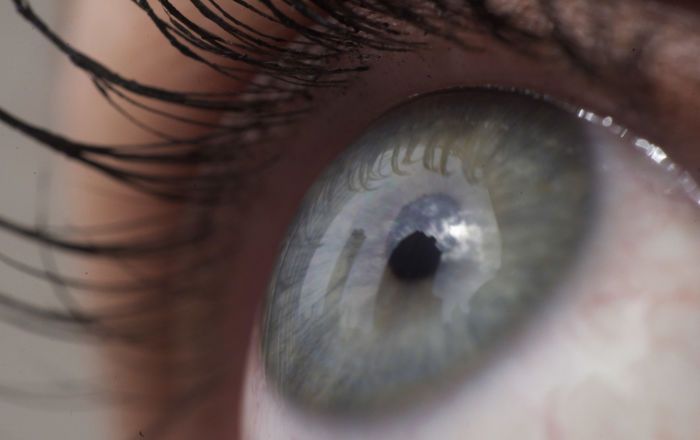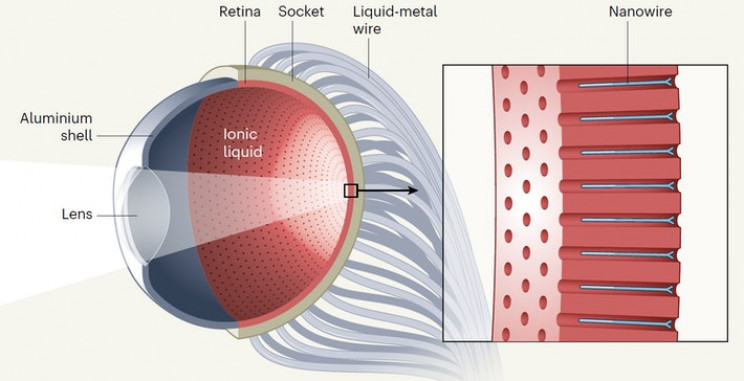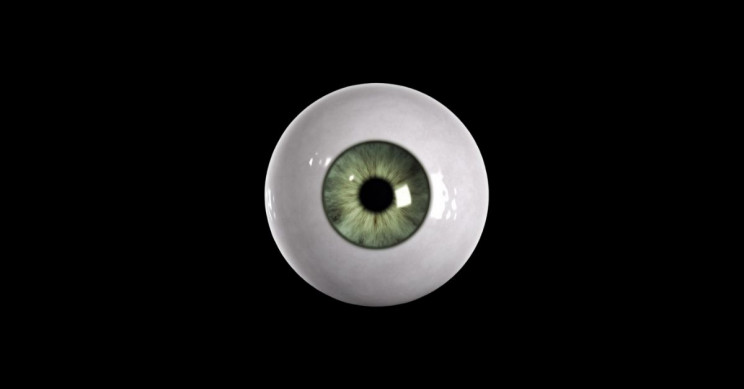A team of researchers from the Hong Kong University of Science and Technology has created an artificial eye that is capable of providing the vision to humanoid robots. But that’s not all though; it also has the potential to be used as a bionic eye for the visually impaired people in the future. The artificial eye is called ElectroChemical Eye or EC-Eye. It looks like a biological eye but differs greatly from it.

The ElectroChemical Eye recreates the human iris and retina via lens for focusing light onto a dense array comprised of light-sensitive nanowires. These wires act similar to the brain’s visual cortex and can pass the information to the computer for processing. Engineering the hemispherical retina has proven to be a massive challenge for the researchers so far.

This particular research was founded on the fact that perovskite – a conductive and light-sensitive material that is used in solar cells – can be used for creating thin nanowires that are capable of mimicking the structure of photoreceptor cells in the eye. The primary challenge was creating an array of nanowires in a hemispherical substrate to create a hemispherical retina. The researchers deformed soft aluminum foil into the required hemispherical shape.

The next step was to carry out the treating of the metal using the electrochemical process for carrying out its transformation into an insulator known as aluminum oxide. The process also leaves the material with nanoscale pores and this enabled the researchers to get a curved hemisphere that features densely clustered holes wherein they could grow the perovskite nanowires. As it happens, the density of the nanowires was more than the photoreceptors in human eyes.

Once the researchers were able to land the curved retina, the next step was combining it into an artificial eye that features a curved lens on its front. It was then filled with using an ionic liquid wherein charged particles could move freely. The researchers were then able to execute the electromechanical function of light detection and sending signals to the external electronics so that images could be processed.
The ElectroChemical Eye is capable of detecting 86 photons per second – equivalent to what the human eye can accomplish. The EC Eye was capable of recovering quicker from light detection within only 40 seconds whereas a human eye takes around two-and-a-half minutes. We are excited to see what this research will bring, what about you?


